Rising Demand for Energy Efficiency
The LED Neon Light Market is experiencing a notable surge in demand for energy-efficient lighting solutions. As consumers and businesses alike become increasingly aware of the environmental impact of traditional lighting, the shift towards LED technology is evident. LED neon lights consume significantly less energy compared to conventional neon lights, which aligns with the global push for sustainability. According to recent data, LED lights can reduce energy consumption by up to 75%, making them an attractive option for both residential and commercial applications. This growing preference for energy-efficient solutions is likely to drive the LED Neon Light Market forward, as more stakeholders seek to lower their carbon footprints while enjoying the benefits of vibrant and customizable lighting.
Expansion of Retail and Hospitality Sectors
The LED Neon Light Market is poised for growth due to the expansion of the retail and hospitality sectors. As these industries continue to evolve, there is a heightened emphasis on creating visually appealing environments that attract customers. LED neon lights serve as an effective tool for enhancing ambiance and brand visibility. Recent statistics indicate that The LED Neon Light is projected to reach trillions in revenue, with a significant portion allocated to innovative lighting solutions. This trend suggests that businesses are increasingly investing in LED neon lighting to differentiate themselves in a competitive landscape. Consequently, the demand for LED neon lights is expected to rise, further propelling the LED Neon Light Market.
Growing Interest in Home Decor and Aesthetics
The LED Neon Light Market is experiencing a growing interest in home decor and aesthetics, particularly among younger consumers. As individuals seek to personalize their living spaces, LED neon lights have emerged as a popular choice for adding unique flair and ambiance. The rise of social media platforms has further fueled this trend, as visually appealing home setups gain traction online. Recent surveys indicate that a significant percentage of consumers are willing to invest in decorative lighting to enhance their home environments. This increasing focus on aesthetics is likely to drive demand for LED neon lights, positioning the LED Neon Light Market for continued growth in the coming years.
Technological Advancements in Lighting Solutions
The LED Neon Light Market is benefiting from rapid technological advancements that enhance the functionality and appeal of lighting solutions. Innovations such as smart lighting systems, which allow for remote control and automation, are becoming more prevalent. These advancements not only improve user experience but also increase energy efficiency. The integration of smart technology with LED neon lights is particularly appealing to consumers who prioritize convenience and customization. As the market for smart home devices continues to grow, the LED Neon Light Market is likely to see increased adoption of these advanced lighting solutions, thereby driving overall market growth.
Increased Adoption in Event and Entertainment Industries
The LED Neon Light Market is witnessing increased adoption within the event and entertainment sectors. As events become more elaborate and visually driven, the demand for eye-catching lighting solutions has surged. LED neon lights offer versatility and creativity, making them ideal for concerts, festivals, and themed events. Recent trends indicate that the event industry is recovering and expanding, with a growing focus on immersive experiences. This shift suggests that event organizers are increasingly turning to LED neon lights to create memorable atmospheres. As a result, the LED Neon Light Market is likely to benefit from this trend, as more events incorporate these dynamic lighting solutions.

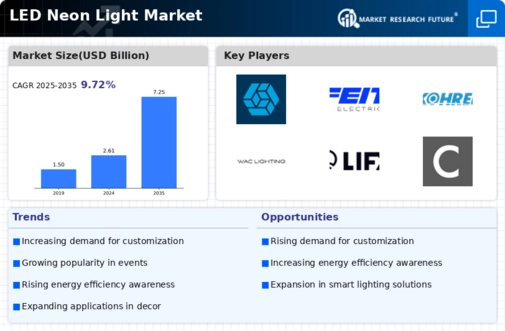

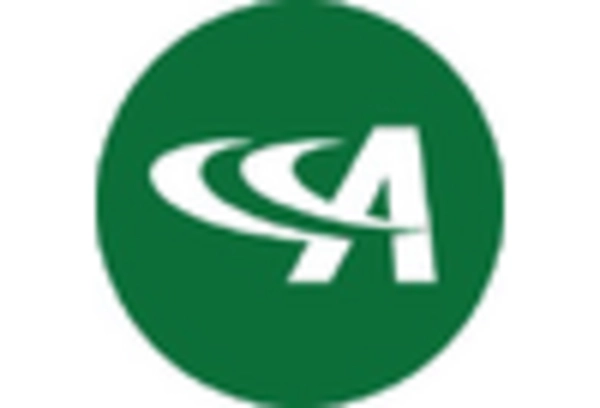
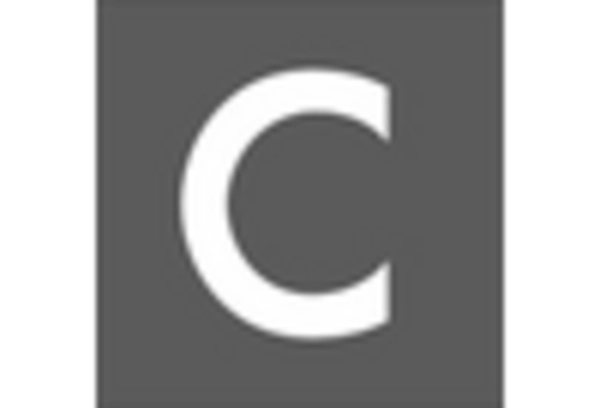
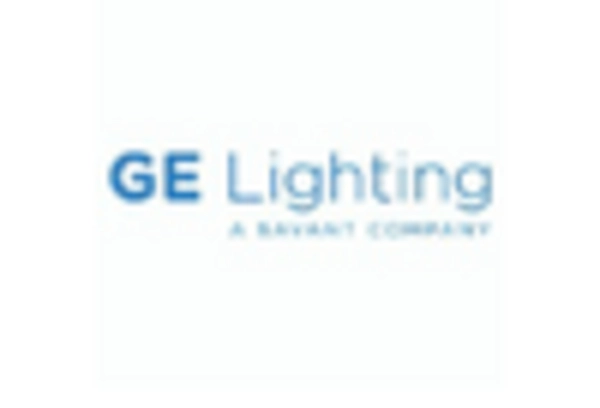


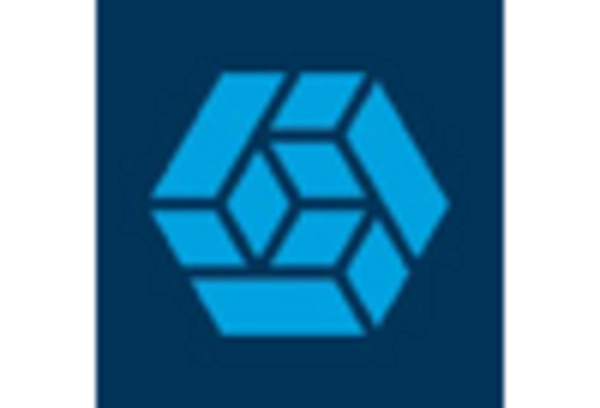








Leave a Comment